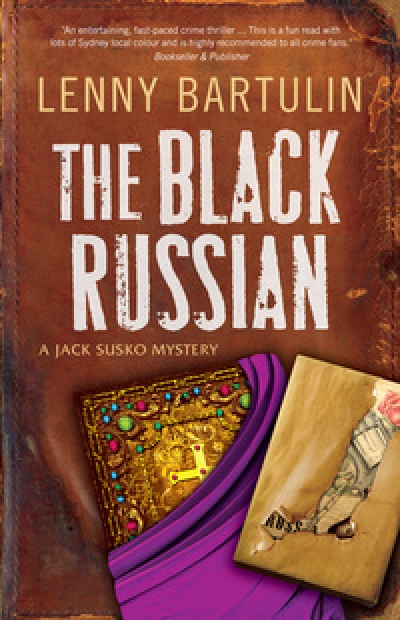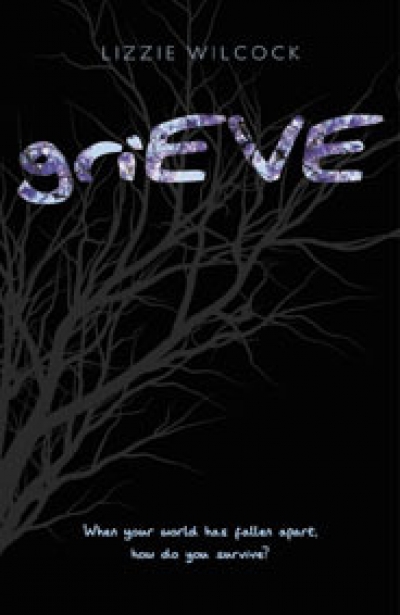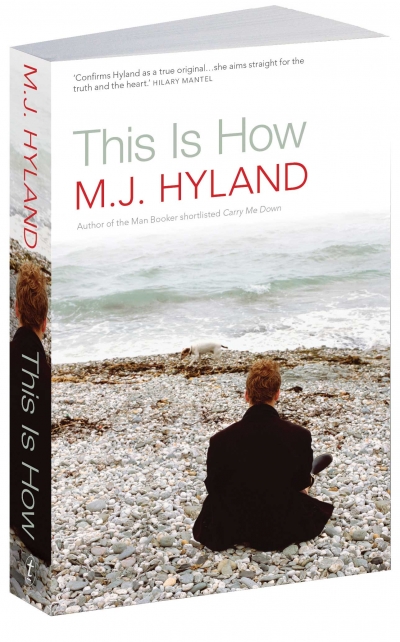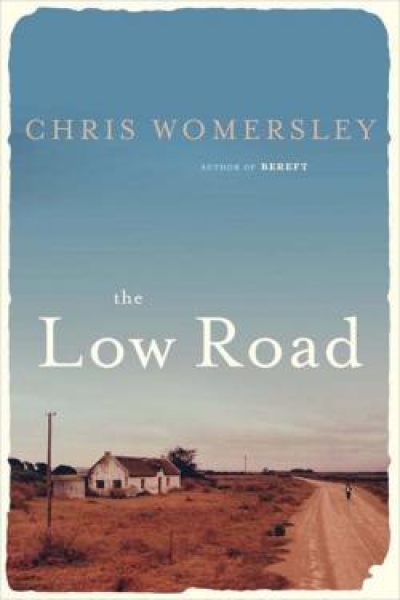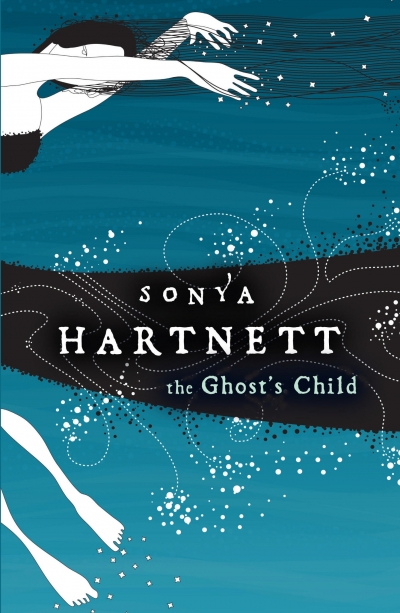Rebecca Starford
GriEVE by Lizzie Wilcock & What Does Blue Feel Like? by Jessica Davidson
by Rebecca Starford •
The Wheeler Centre recently hosted ‘four provocative nights’ based on the assertion that Australian criticism of film, theatre, books and the visual arts is, in its own words, ‘failing us all’. The series was entitled ‘Critical Failure’. For ABR readers unable to attend, here is one person’s account of the books-related panel.
... (read more)
